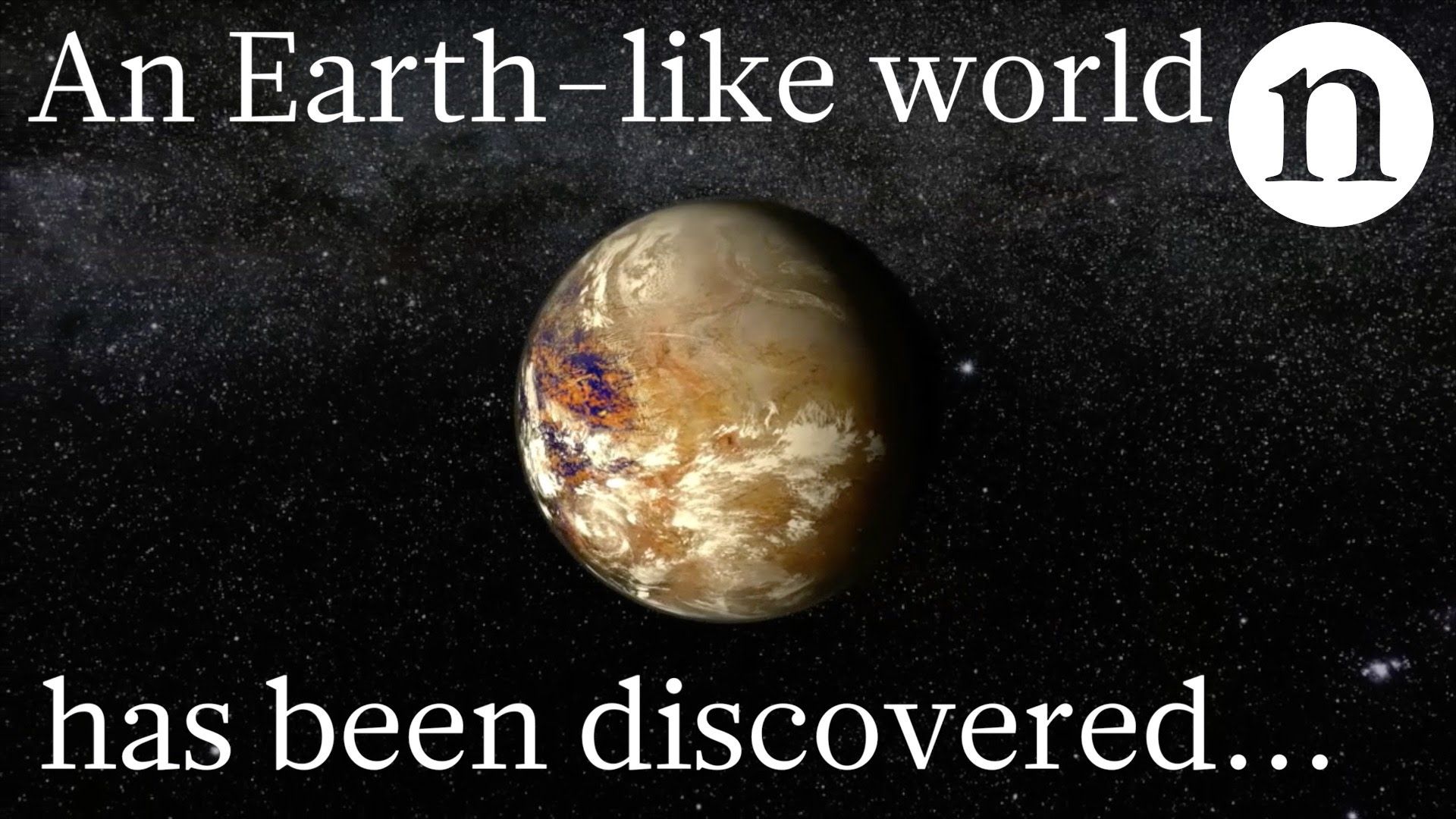I am ready to go any time.
An earth-like planet has been discovered orbiting the closest star to our solar system, according to CNN.
Continue reading “Scientists Discover New Earth-Like Planet” »

I am ready to go any time.
An earth-like planet has been discovered orbiting the closest star to our solar system, according to CNN.
Continue reading “Scientists Discover New Earth-Like Planet” »

https://youtube.com/watch?v=6Wn66O-KLow
A rubbery little “octobot” is the first robot made completely from soft parts, according to a new study. The tiny, squishy guy also doesn’t need batteries or wires of any kind, and runs on a liquid fuel.
The octopus-like robot is made of silicone rubber, and measures about 2.5 inches (6.5 centimeters) wide and long. The researchers say soft robots can adapt more easily to some environments than rigid machines, and this research could lead to autonomous robots that can sense their surroundings and interact with people.
Continue reading “Soft, Rubbery ‘Octobot’ Can Move Without Batteries” »
Nice.
Engineers at the University of Washington (UW) have devised a new method of wireless communication that converts Bluetooth transmission from mobile devices into Wi-Fi signals. Using this “interscatter” communications technology allows medical devices and implants with limited power sources to gain the ability to send data using low-power Wi-Fi signals to smartphones and smartwatches.
The UW team previously described the technique of “backscattering” ambient RF signals — repurposing existing RF signals in the environment — to enable device-to-device communication without the need for onboard power sources. Now, the team builds on that prior research to introduce “interscattering,” the inter-technology, over-the-air conversion of Bluetooth signals to create Wi-Fi transmissions.
Continue reading “‘Interscatter’ Tech Converts Bluetooth For WiFi-Connected Implants” »
Wait until they see what is happening with smart AR contacts and Bluetooths.
A pair of contact lenses do not just let you see clearer without the hassle of spectacles or glasses, but what if they are now smarter with connectivity to your smartphone? Could the science fiction world now be a step closer to reality?
A nice write up on the research development and characterization of Fluorescent and Luminescent Biosensors especially in the area of field testing of waterways & sources. Key challenge for most field engineers and scientists has been having no portable and reliable systems to test water for compounds with endocrine which impacts activities such as fish feminization out in the field. This type of testing has required more in depth analysis usually in a lab. With this research and development that can all change saving on time and expense.
This work has been submitted for open review as an iGEM Research Article
Reviewers, please consider the following questions when reviewing the article:
Luv it!
There’s quite a lot of other things we don’t know DNA are being used for, like solving math problems for one.
Anyone attending the Bioweapons Convention in December?
He signatory nations of the Biological Weapons Convention (BWC) will meet …to discuss the state of bioweapons globally…he world has radically changed s.
CISO & CSO at many companies are certainly going to have their work cut out for them in the long-term future as more and more new tech such as 3D Printing, Synthetic Bio, etc. are adopted into companies; really brings a new level of security concerns not only in government; but also the private sector.
He pointed out that while there were international organisations to prevent the spread of nuclear and chemical weapons, there was no such agency to deal with biological weapons.
Speaking at the Council debate on weapons of mass destruction (WMD), he sought to expand its definition beyond nuclear, chemical and biological to embrace the threats arising from 21st century science, technology and globalisation.
Continue reading “World not prepared for biological attacks, new technology threats: Ban Ki-moon” »

In what’s being hailed as one of the biggest astronomical discoveries of the century, scientists with the European Southern Observatory (ESO) today confirmed the discovery of an Earth-like exoplanet in the habitable zone of Proxima Centauri-our nearest neighboring star. Details of the team’s discovery were just published in Nature.
Rumors of a possible Earth-like exoplanet first surfaced on August 12 in the German weekly Der Spiegel. Citing an anonymous source with the La Silla Observatory research team, the magazine claimed the rumored planet “is believed to be Earth-like and orbits at a distance to Proxima Centauri that could allow it to have liquid water on its surface-an important requirement for the emergence of life.”
Continue reading “New Earth-Like Exoplanet Could Be Discovery of the Century” »
I never get tired of reading about the glass energy solutions.
Harnessing Big Data Power Promises Greater Rewards for Environment & Businesses
‘Ideal’ energy storage material for electric vehicles developed.
